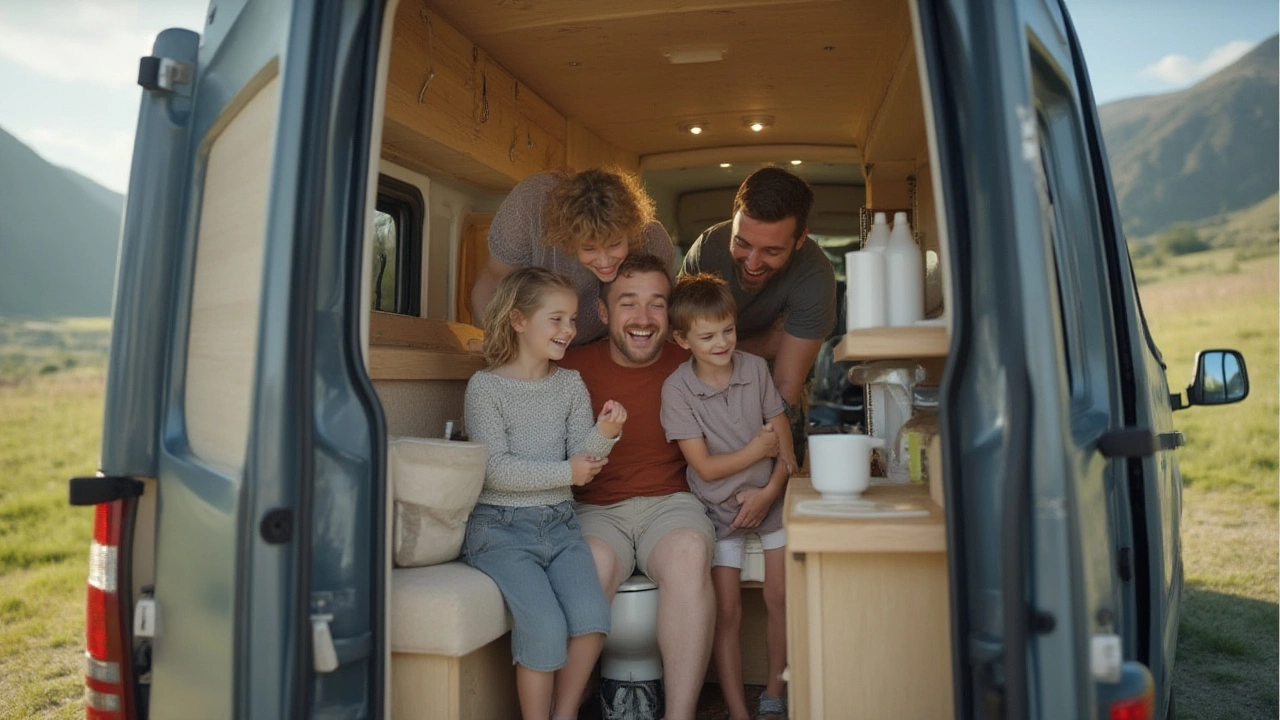RV Toilet Guide: Use, Clean and Fix Your Motorhome Bathroom
If you’ve ever wondered whether you can use the toilet while your motorhome is on the move, you’re not alone. The short answer: you can, but there are rules and safety steps you need to follow. This guide walks you through the basics – from flushing on the road to keeping the tank clean – so you can avoid nasty smells and costly repairs.
Can You Flush While Driving?
Yes, most modern RVs allow you to flush when the vehicle is moving, but only if the waste tank is empty enough and the vehicle is level. The key is the anti‑spill valve – it stops waste from spilling out when you hit a bump. Before you try it, make sure the black water tank is less than half full and the RV is parked on flat ground. If you’re on a highway, keep the speed under 50 mph to reduce sloshing.
Many owners install a small pump that lets you empty the tank into a dump station without stopping the engine. If you’re new to this, practice at a campsite first. A quick test will show you whether the toilet flushes smoothly or if you need to adjust the level sensor.
Keeping the RV Toilet Clean
Cleaning the toilet is easier than you think. Use a product made for RV black water – regular toilet cleaner can damage the seals. After each use, add a few drops of enzyme treatment; this breaks down waste and reduces odor. Once a week, pour a half‑cup of baking soda followed by a half‑cup of white vinegar into the bowl. Let it fizz for ten minutes, then scrub with a soft brush.
Don’t forget the tank. When you dump at a station, rinse the tank with fresh water and run a little fresh water through the toilet until the water runs clear. Some RV owners keep a small bottle of RV‑specific tank cleaner on board for a quick flush after each dump.
Storing chemicals safely is also important. Keep them in a sealed container away from direct sunlight, and never mix chemicals together – the fumes can be dangerous.
Every time you travel, a quick visual check of the toilet’s seals and the waste tank level will save you from surprise leaks. If you notice a leak, tighten the bolts on the toilet base and check the seal for cracks. Replacing a seal costs less than a full repair and can be done with a simple wrench.
Finally, when you’re planning a long road trip, map out dump stations along your route. Knowing where you can empty the tank means you won’t have to squeeze in a dump at the wrong spot, which can lead to spills.
With these tips, you’ll feel confident using your RV toilet anywhere – whether you’re parked at a seaside campsite or cruising down the motorway. Happy travels!
Do Camper Vans Have Toilets? Complete Guide to Campervan Bathrooms
Not sure if camper vans have toilets? Get all the real-world answers, types, tips, and what to expect from your next van trip in this practical guide.
